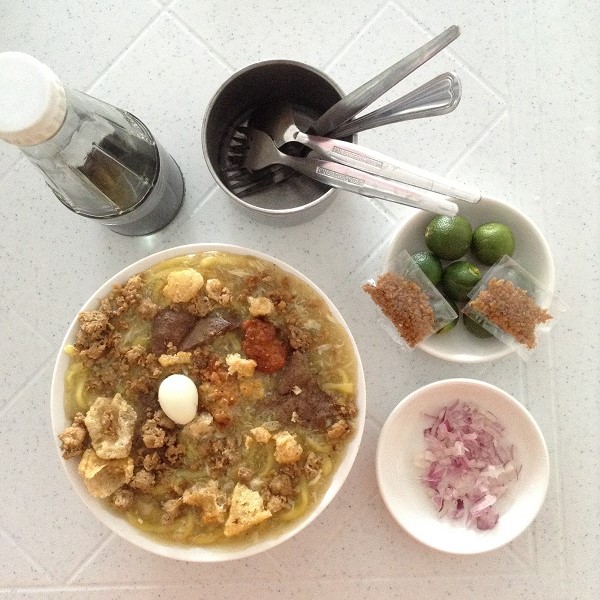Pamanang Kulinarya: Developing a Safeguarding Plan for Culinary Heritage Using the Statement of Significance – The Case of Lomi in Lipa City, Batangas, Philippines
DOI:
https://doi.org/10.26721/spafajournal.v2i0.584Keywords:
culinary heritage, Lipa City, lomi, safeguarding plan, Statement of SignificanceAbstract
Heritage constitutes the identity of a community. An important heritage of a community is food, often defined as culinary or gastronomic heritage. This mixedmethod research developed a safeguarding plan for culinary heritage, specifically for lomi in Lipa City, Batangas, using the Statement of Significance. Different theoretical paradigms were used, especially anthropological theories like acculturation and modernization, and conservation frameworks such as UNESCO, ICOMOS and GCI heritage charters and conventions. To trace the significance of lomi, the researchers collected physical evidence by visiting and observing lomi houses, or lomians (restaurants dedicated to serving the lomi dish), in Barangay Poblacion focusing on the preparation of this food using Cultural Heritage Mapping and SWOT Analysis; oral evidences by conducting focus group discussions; in-depth interviews with different stakeholders; surveys in the local community; and archival evidence from different journals and books. Lipa lomi is significant in its historical, culinary, aesthetic, economic, health, social and symbolic aspects. Historically, it was introduced by To Kim Eng, a native from Amoy (now Xiamen) who established the first lomian in the city, Panciteria de Lipa. As the community accepted this culinary tradition, different lomians were established not only in the city but also in the whole province and became a localized business industry. Even though it was Chinese in origin, it follows the characteristics of Batangas cuisine wherein it focuses on the natural flavour of fresh ingredients and the simplicity of the cooking methods. Also, it is economically important because it became a good source of income and because of its affordability as a commercialized dish. Socioculturally, the culinary tradition is also important for the local community and its relationship to their religious culture. Perspectives of different stakeholders on the characteristics and identities of Lipa Lomi are identical and acceptable but it changes based on trends, issues and constraints. For the stakeholders, viability is important for the culinary tradition as it is agreed that it is one of the culinary identities and an attraction of Lipa and its community. Stakeholders also have their own movement to safeguard and sustainably develop the culinary tradition. A proposed culinary safeguarding plan was established based on the results of the research.

Downloads
Published
How to Cite
Issue
Section
License
Copyright (c) 2018 SEAMEO SPAFA and Author

This work is licensed under a Creative Commons Attribution-NonCommercial-NoDerivatives 4.0 International License.



